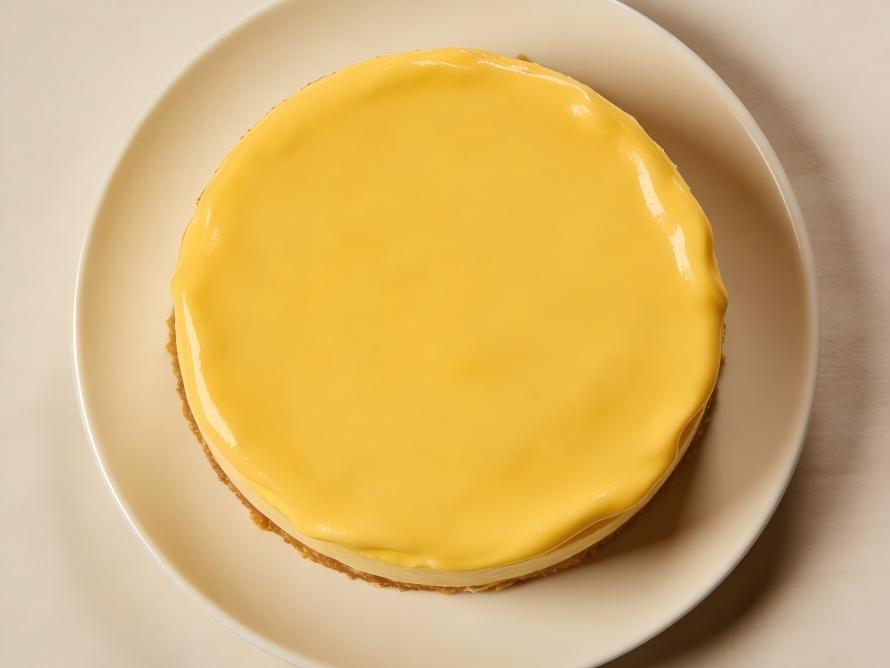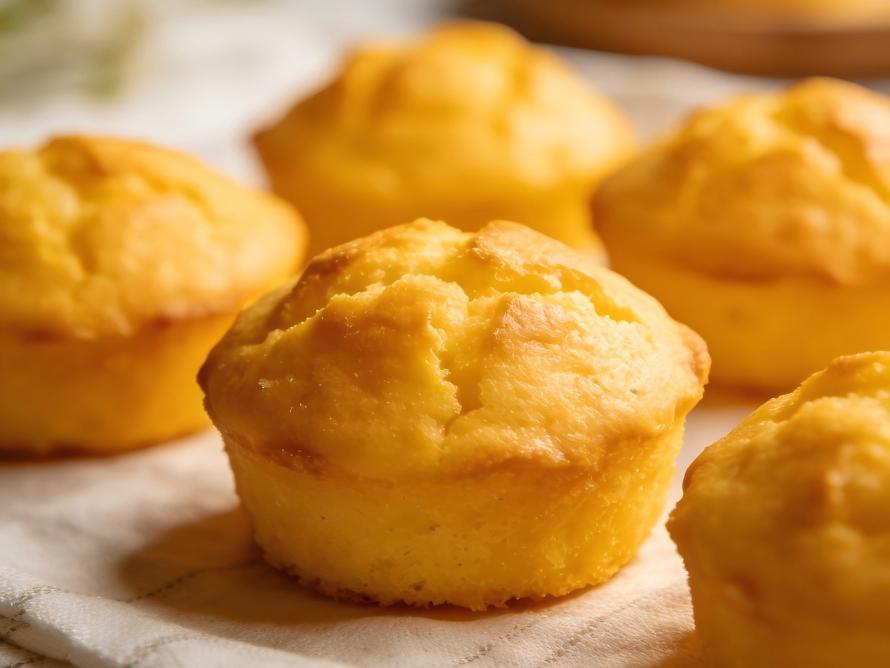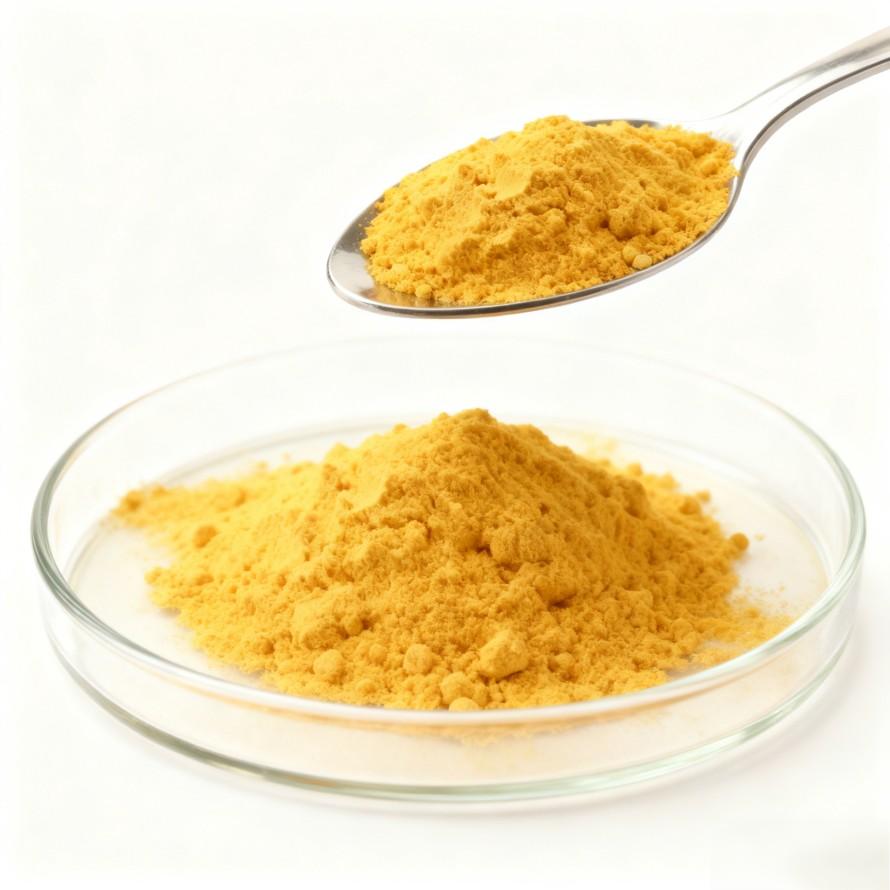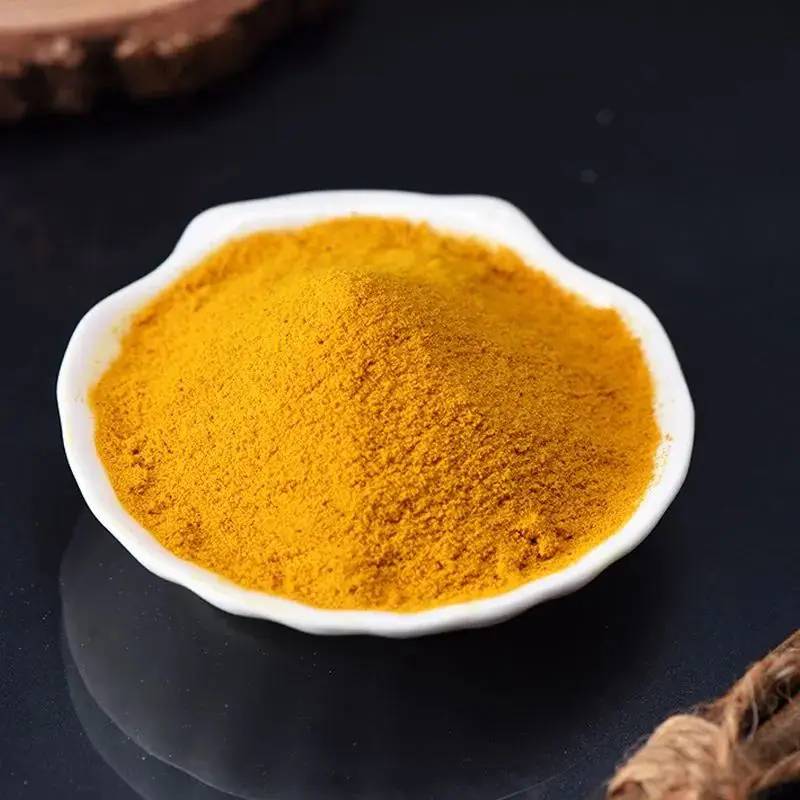Clean-Taste Curcumin: Masking Technology That Unlocks the Full Potential of Functional Gummies
As functional gummies sweep the global health market, an awkward reality confronts all brands: consumers buy them enthusiastically but consume them reluctantly。 When eagerly tearing open a pack labeled “クルクミンが,” what greets them is often not a delightful taste experience, but an unmistakable pungent, earthy flavor とlingering bitterness.
Data reveals the truth:
· Market research shows functional gummies boast a first-time purchase rate の65%, yet repurchase rates fall below 40%. Among lost customers, over 70% cite “poor taste” as the primary reason.
· For products marketed as “candy”—where deliciousness is inherent—any unpleasant flavor equates to a product flaw. This isn't just an experience issue; it's a trust crisis. Consumers instinctively question: “If they can't even get the taste right, how reliable are the active ingredients?”
Limitations of Industry Workarounds:
To mask curcumin's intense, distinctive flavor, manufacturers often face a dilemma:
1. “Sugar-coated bullet” approach: Overloading with syrups and flavorings to mask the taste. This directly contradicts the ‘health’ premise, causing sugar content to skyrocket and turning the product into “ordinary candy disguised as functional food.”
2. “Simple Encapsulation”: Using basic encapsulation techniques. However, this only works during initial processing. Under the high temperatures of gummy cooking or after shelf storage, the turmeric flavor easily “breaks through,” causing a disappointing flavor rebound.
Therefore, the industry urgently needs a true flavor revolution. What's needed isn't stronger additives, but a foundational technology capable of precisely neutralizing and persistently masking undesirable flavors at the molecular level—without compromising ingredient potency or clean label integrity. Only when “active ingredients” no longer require consumers to hold their noses can functional gummies truly deliver on their “pleasure-health” promise, transforming from a fleeting trend into a lasting market pillar.

Part One: Technological Breakthrough—The Triumph of Molecular Sensory Science
Facing the industry's challenge of reconciling flavor and efficacy, we pioneered an unprecedented technical approach: moving beyond traditional “masking” by intervening at the root of human perception. The core of our next-generation curcumでflavor masking technology isn't overpowering unpleasant tastes with stronger flavors, but making them “imperceptible” through precise multidimensional regulation.
I. Core Technology: Full-Spectrum Regulation from Sensory Receptors to Brain Signals
1. Targeted Receptor Inhibition Technology (Patented)
· Scientific Principle: Curcumin's pungency and bitterness stem from its molecular structure binding to TRPV1 (heat) and TAS2R (bitterness) receptors on the tongue. We developed selective receptor antagonists that preemptively “occupy” or ‘alter’ these receptor binding sites before flavor molecules reach the taste buds. This blocks the generation of undesirable flavor signals, effectively placing a “smart filter” over the taste buds.
2. Olfactory-Gustatory Synergistic Masking System
· Three-Dimensional Intervention: Flavor is the fusion of olfactory (aroma) and gustatory (taste) sensations. While suppressing undesirable tastes, we utilize microencapsulation technology to control the release kinetics of curcumin's volatile flavor compounds, reducing their pungent olfactory stimulation. This is complemented by carefully selected natural aroma precursors that synergize with curcumin to create a pleasant flavor profile, building a novel, positive overall taste experience.
3. Post-bitterness Elimination & Texture Optimization
· Lingering Freshness: Addressing curcumin's characteristic persistent aftertaste, the solution incorporates natural ingredients that stimulate saliva secretion and accelerate the clearance of undesirable flavor compounds, ensuring a clean, refreshed mouthfeel with no lingering residue.
· Texture Enhancement: Optimized curcumin particle morphology and surface properties for seamless integration into gummy gelatin, eliminating gritty sensations and ensuring a smooth, chewy texture in the final product.
II. Verifiable Performance Leap: A Data-Driven Sensory Revolution
All innovations validated through rigorous third-party sensory lab testing and consumer blind trials:
· Breakthrough Core Sensory Metrics:
· Reduced Undesirable Flavor Intensity: Professional sensory evaluations show over 85% 削減in curcumin's characteristic pungency, 90% reduction in earthy taste, and 92% reduction in after-bitterness.
· Dramatically Enhanced Overall Palatability: Compared to standard curcumin ingredients, gummy samples using this technology achieved an average 83% increase in overall preference ratings.
· Processing and Shelf-Life Stability Guaranteed:
· Processing Resistance: After undergoing typical high-temperature boiling processes for gummies (105-120°C), flavor masking efficacy showed no degradation, demonstrating thermal stability.
· Shelf-Life Stability: No flavor rebound occurred during accelerated stability testing (40°C, 75% RH, 90 days) or real-world shelf-life tracking, maintaining consistent taste.
· Clean Label & Formulation Friendliness:
· Sugar Reduction Potential: By effectively suppressing off-flavors, syrup usage—often employed in large quantities for masking—can be reduced by 25-40%, enabling healthier product upgrades.
· Broad Compatibility: Demonstrates excellent compatibility with various gelling agents (gelatin, pectin, plant-based gums), acidulants, sweeteners, and other functional ingredients (e.g., vitamins, minerals) without disrupting core formulation structures.
III. Technological Essence: From “Flavor Suppression” to “Perception Management”
This technology is revolutionary because it changes the game. We no longer engage in endless “battles” against curcumin's inherent chemical properties, but instead shift to subtly managing how the human body perceives it. This grants R&D teams unprecedented freedom: they can focus on crafting delicious flavor combinations without agonizing over how to “suppress” inherent raw material flaws. Curcumin transforms from a “problem ingredient” into a stable, reliable, and flavor-friendly functional base, truly unlocking the innovation potential of the gummy candy category.

Part Two: Application Panorama—Seamless Transition from Technology to Bestsellers
The ultimate value of technological innovation lies in creating successful commercial products. The new generation of curcumin flavor masking technology is helping brands turn “delicious functional gummies” from concept to popular reality on store shelves through a series of validated solutions.
I. Mainstream Market Application Solutions Library
1. Children's Nutrition Series: Conquering the “First Bite” Challenge
· Core Strategy: Adopting the “flavor-first, function-invisible” philosophy, prioritizing an exceptionally pleasant taste experience.
· Validated Flavor Matrix:
· Berry Bliss: A blend of blueberry, strawberry, and blackcurrant flavors that instantly coats the palate with rich fruitiness.
· Sunny Citrus Bubble: Bright orange, lemon, and grapefruit flavors deliver a refreshingly pleasant first impression.
· Dreamy Grape Adventure: Classic grape flavor with broad child appeal.
· Application Value: Transforms nutrient supplementation (e.g., DHA, vitamins) or foundational immune support (curcumin) into “snacks” children actively request, solving parental feeding challenges.
2. Women's Health & Beauty Series: Crafting Sensory-Pleasing Daily Rituals
· Core Strategy: Merge trendy flavors with refined textures to elevate emotional and aesthetic appeal.
· Verified Flavor Matrix:
· White Peach Oolong Tea: Sweet white peach blended with subtly fragrant oolong tea for a sophisticated taste and elegant finish.
· Sakura Lychee Tale: Romantic cherry blossom notes paired with juicy lychee sweetness to delight both the heart and palate.
· Rose Pomegranate Radiance: Rich rose notes paired with tangy pomegranate, conveying nourishment and vitality.
· Application Value: Transforms functional gummy consumption from a “health chore” into a “self-indulgent moment,” significantly boosting user loyalty and social sharing intent.
3. Mass Fitness & Daily Wellness Series: Balancing Efficacy with Universal Appeal
· Core Strategy: Offer widely accepted, gender-neutral classic and refreshing flavors.
· Validated Flavor Matrix:
· Honey Lemon Hydration: A classic sweet-tart pairing delivering refreshing hydration.
· Cooling Mint Oasis: A crisp mint flavor that effectively enhances freshness and masks any potential lingering aftertaste.
· Tropical Mango Delight: Passionate, rich mango flavor delivering pleasure and satisfaction.
II. Market Validation: Closing the Loop from Data to Word-of-Mouth Success
· Case Study: “Little Explorer”
Kids' Immunity Gummies
· Challenge: Original product faced low child acceptance and only 18% repurchase rate due to noticeable herbal aftertaste.
· Solution: Implemented a “Sunlit Citrus Bubble” flavor masking strategy and optimized the gummy's chew texture.
· Results: Post-launch, voluntary consumption among children surged from 35% to 88%, with repurchase rate jumping to 52% within 6 months, establishing it as the brand's flagship product.
· Case Study: “Sakura Extract” Beauty Gummies for Women
· Objective: Establish differentiation in the premium beauty snack market with an emphasis on exceptional taste.
· Solution: Deeply customized the “Sakura Lychee Story” flavor profile and incorporated micro-bubbles to enhance textural fun.
· Outcome: The product went viral on social media with the tagline “chewable perfume,” driving a 40% increase in average order value and boosting awareness across the brand's entire product line.
The ultimate measure of technological success is market validation. By transforming complex sensory science into delicious products in consumers' hands, we help partners fuse “function” and “flavor”—once conflicting traits—into the most powerful competitive edge.
Part Three: Immediate Action Plan
We have prepared a comprehensive application solution to help you rapidly launch the next generation of delicious functional gummies.
I. Green Spring Technology Core Support Commitment
Samples & Documentation:
· Provide ready-to-use flavor samples
· Include comprehensive technical documentation (COA, application guides, etc.)
Quality Assurance:
· Consistent flavor performance across batches
· Testing reports provided with each shipment
Technical Services:
· Dedicated engineer one-on-one support
· Rapid response to production issues
II. Contact Information
· Contact: Helen (Technical Consultant)
· WeChat/Phone: +86 13649243917
· Email: helen@greenspringbio.com
· Company Phone: +86 29 88313578
· Official Website: www.greenspringnatural.com
参照
[1] peng b x, zhou x, wang d p, et al。hplcによるウコン、ガランガルおよびサフラン中の3つのクルクミノイドの含有量の決定[j]。中国のmateria medica, 2004, 27(11): 813-815。
[2] 汎 M h、黄t、リン J K。 Biotransformation of クルクミンを通じて reduction and glucuronidation in ネズミか[J]。 麻薬 ^ ab c d e f g h『人事興信録』第27版、476 -494頁。
-
Prev
Green Spring Technology's Curcumin Raw Material Fully Complies with Heavy Metal and Solvent Residue Standards
-
次
Formulate with Confidence: Certified Gluten-Free, Allergen-Free, Vegan Curcumin Ingredient


 英語
英語 フランス
フランス スペイン
スペイン ロシア
ロシア 韓国
韓国 日本
日本





